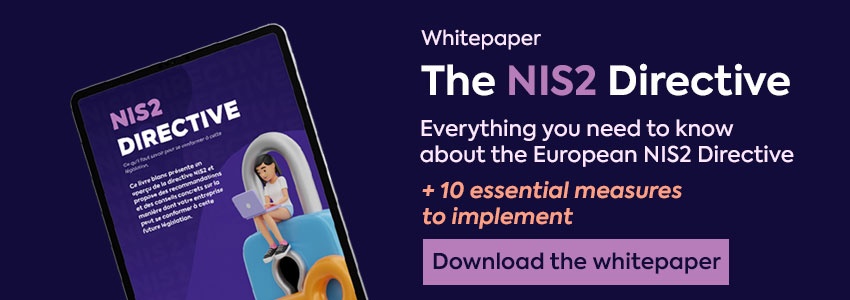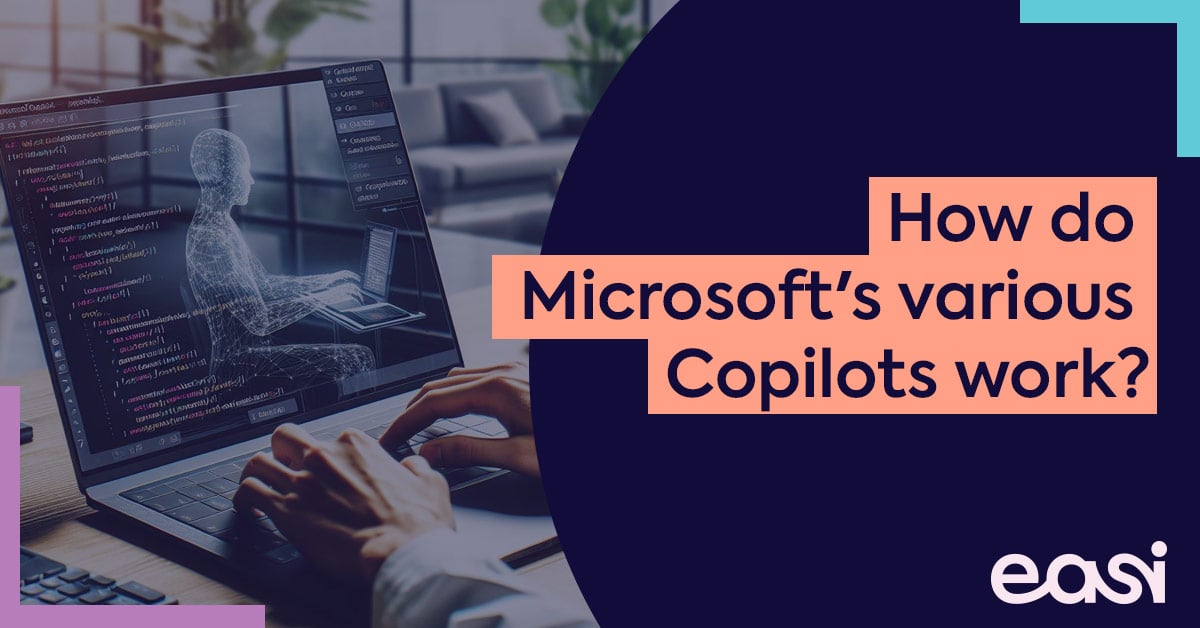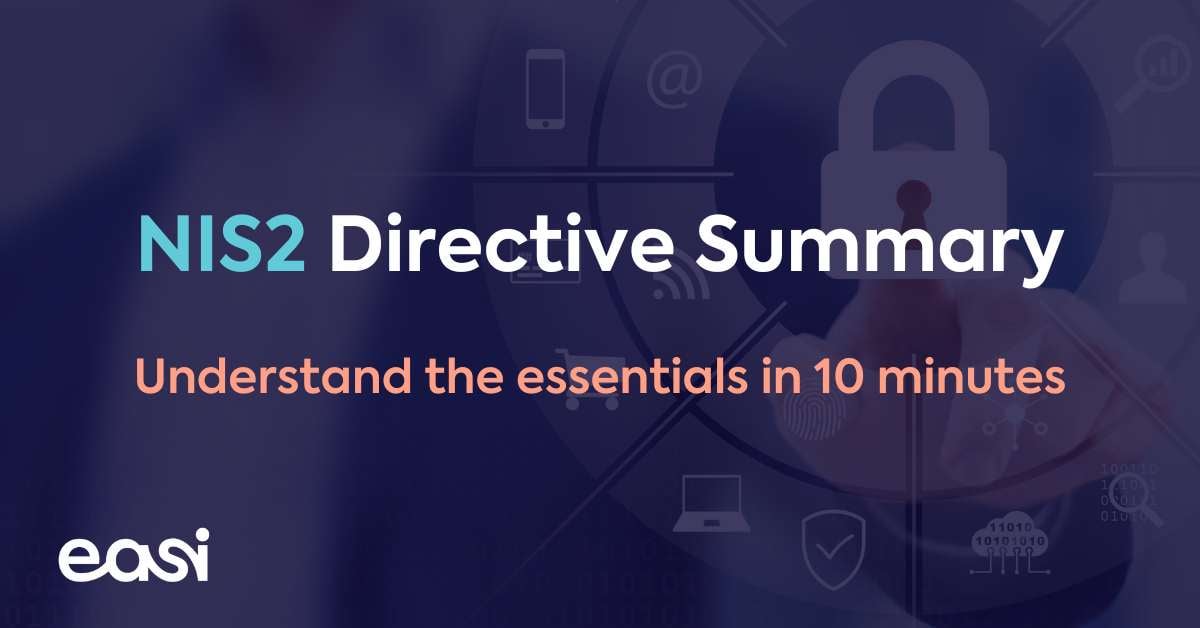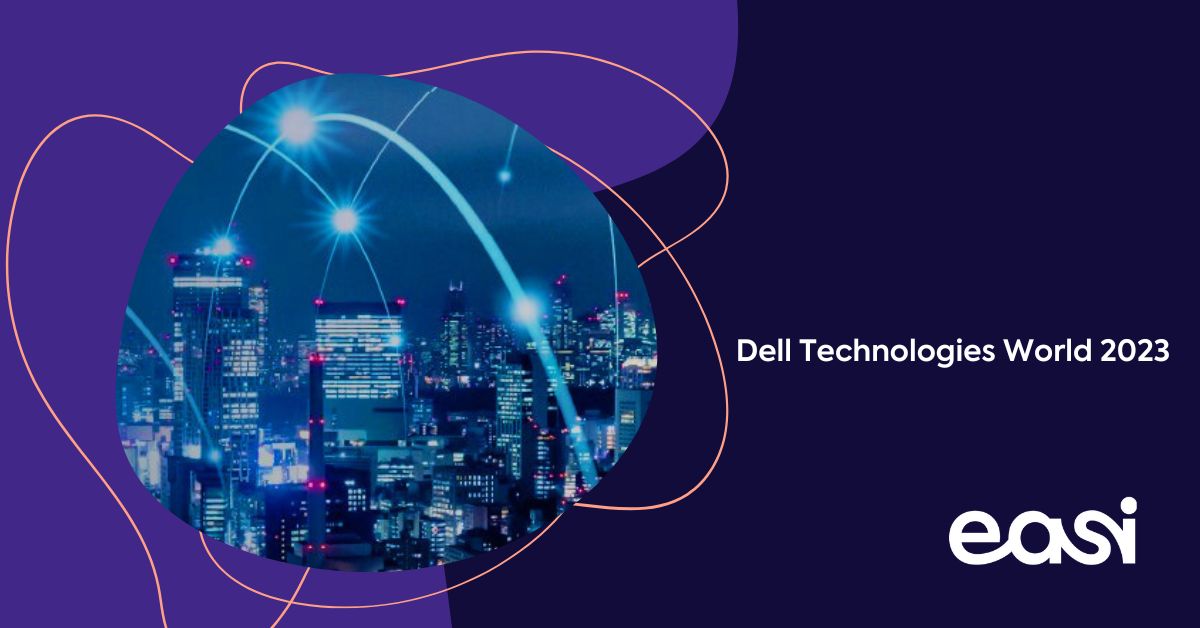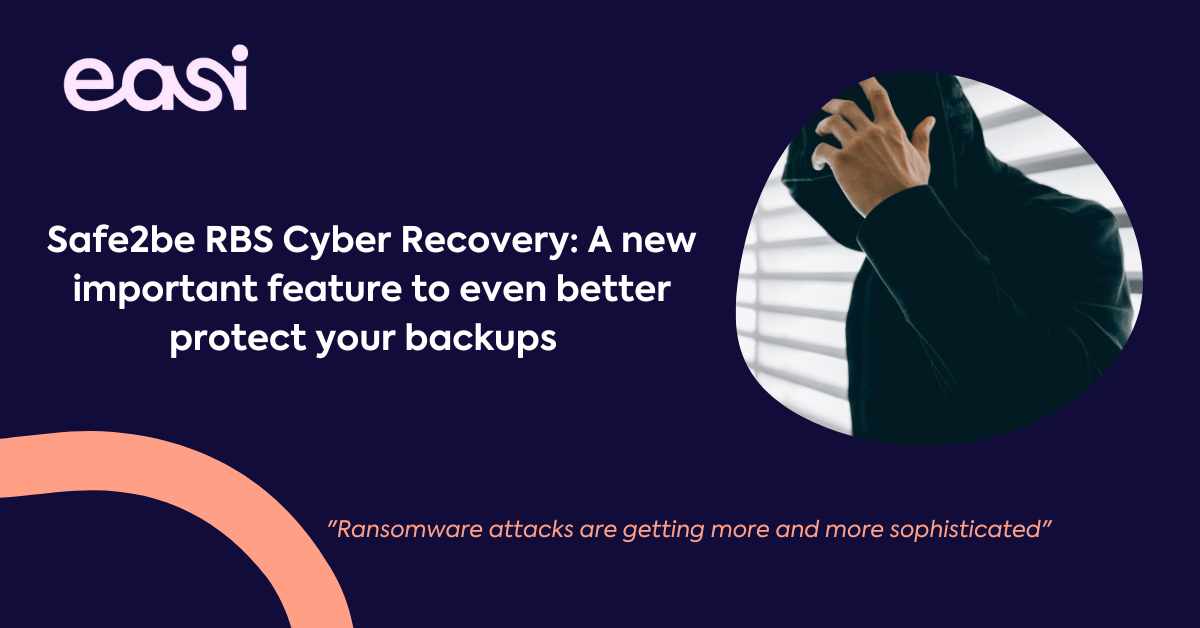Increasingly improving malware requires increasingly better endpoint security. So how can you stay ahead of rapidly evolving malware?
In this blogpost we will focus on the Endpoint as the first line of defense for your organization.
Endpoint security
Let’s start with what an endpoint is: it is a remote computing device that communicates back and forth with the network to which it is connected. Examples of endpoints are desktops, laptops, servers… These devices represent key points of entry for hackers. But why?
There are several reasons why hackers target endpoints. The main reason being “human error”. Laptops and Desktops are operated by humans, making them susceptible to mistakes, clicking on links which should not be clicked, social engineering, etc.
This is why a strong Endpoint Protection solution (in combination with End User Awareness) is a good place to start increasing your cybersecurity level.
3 point checklist: what makes a good Endpoint protection solution?
Increasingly improving malware requires increasingly better endpoint security. So how can you stay ahead of rapidly evolving malware?
-
Cloud (in)dependency
A first important characteristic is cloud (in)dependency.
Intelligent Malware can detect when the endpoint is connected to the cloud and will not activate as long as the connection is active. However, when the endpoint disconnects the malware activates and attacks the endpoint at a time when your endpoint security cannot communicate with the cloud. This is why cloud independence is vital in a Next Generation Endpoint Security solution. The decision-making should happen locally on the endpoint. -
Signatures
A second characteristic is signatures and the lack thereof. The concept of signatures is based on already having encountered the malware/attack. This means there is always someone who is going to suffer the consequences before a solution to the problem is found. In this way you always find yourself playing catch up with the new threats. Another downside of signatures is that you need to scan your disk in order to find threats on your system. This takes up system resources and results in slower performance, especially on servers with lots of data. This method is also not capable of detecting file-less attacks since they are injected directly into the system memory without ever touching the disk of the system, making it impossible to be scanned.
Instead of looking for signatures, focussing on behavior by analyzing all the processes on the endpoint give more visibility into what is happening and INTERPRETING this data with the use of an AI engine to classify whether a process is malicious or benign. This solves the problems we mentioned earlier, since you can recognize a “zero-day” attack by its behavior, signature scans are not necessary anymore and processes which are in memory can be monitored as well. -
Real Time
A third and last important characteristic is that this should all happen in real time. Malware executes at the speed of light and to stop a threat like that, response should be able to counter this at the same speed. Waiting for cloud confirmation or human confirmation to respond to what could be a live attack is too slow. This is why the combination of Endpoint Protection, Detection and Response should be bundled in a single lightweight agent with no cloud dependency and the capability to respond locally in real time.
Click here if you want to know more about how you can protect your endpoints.
